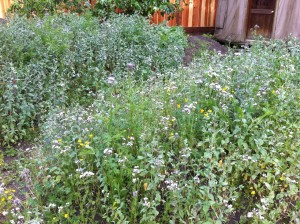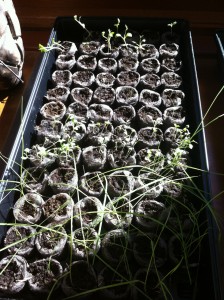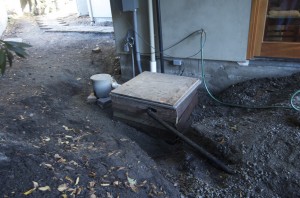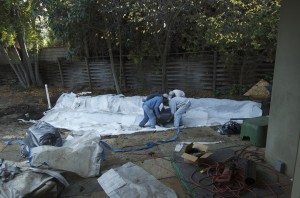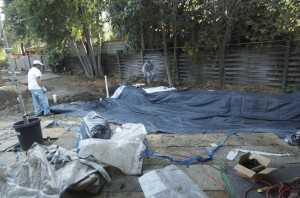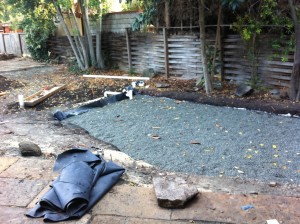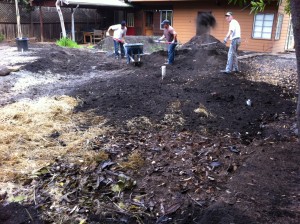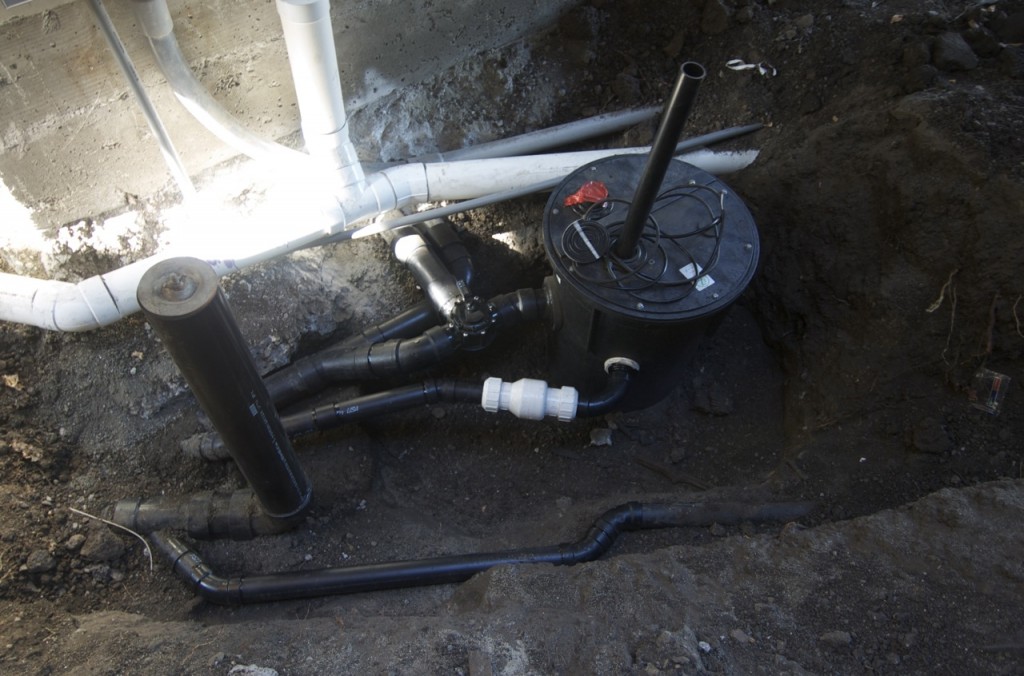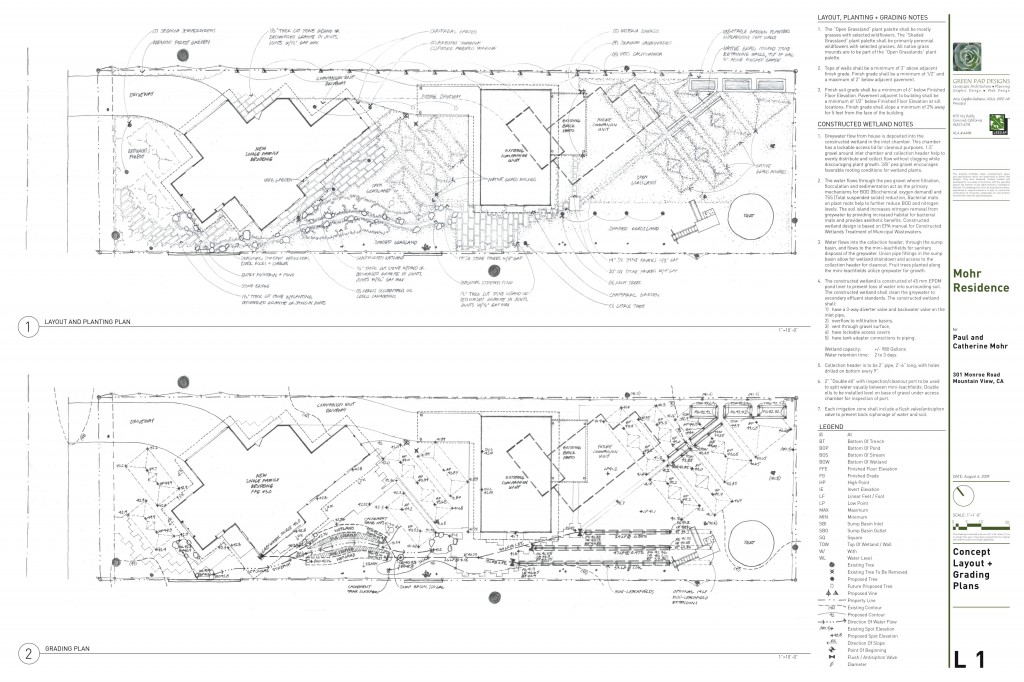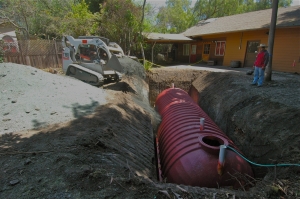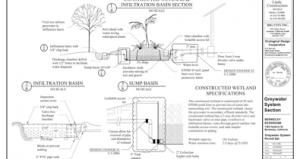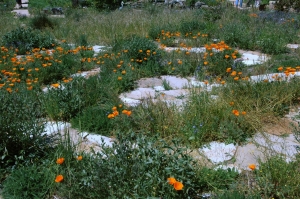The wildflowers planted in the meadow and now in a riot of bloom, and it seems like only half of the types have bloomed so far, so we have more colors to go. The grasses are slowly growing in in between. I understand from the sources I have read on Native California Grasses, that I should expect this first year to be mostly establishing root structure with a little bit of grass above the ground, and that next spring is when I can expect to see more growth. In the mean time, however, the flowers are giving us plenty of green.
The various edible cultivars of plants that we have in the yard are being grown in “guilds” of plants with an eye towards permaculture. Guilds are groups of plants that have been found to work very well together because they each provide something that the other plants around them need, whether it be acidification of soil, shade, nitrogen fixing or simply support for the other to grow on. If carefully selected and sited, guilds overall require less water, harbor fewer pests, suppress weeds, and are more more productive without needing chemical fertilizers. Our (grey water irrigated) fruit trees are interplanted with blueberry bushes. This year we are sheet mulching around the trees and bushes to bring the new trees through the hot summer with a minimum water requirement while they establish their roots. Sheet mulching consists of a layer of corrugated cardboard over the ground covered with compost and mulch to a foot deep and left to rot for a year, and it is excellent for suppressing weeds which otherwise would be a constant battle. Next spring after the sheet mulching has had a year to decompose, we will interplant legumes of various sorts all through the orchard. (You will also see that we have finally replaced our fence all the way around, getting rid of the rotting, leaning, broken eyesore that we had before and replacing it with a fence with a custom top lattice that echos the horizontal bar design theme within the house.)

The fruit tree orchard with blueberry bush interplantings, sheet mulch and the new fence visible along the right side
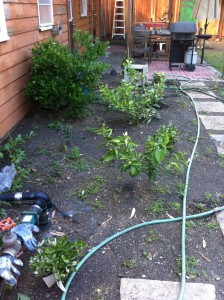
The citrus trees (two limes, one lemon) with feijoas, blackberry and raspberry. at the end of the path, the kiwi vines to be grown on the trellis can be seen.
Our citrus trees have pineapple guava (aka feijoa), blackberries and raspberries interplanted around them. We haven’t yet sheet mulched that area, so in the picture you can see that the weeds are already aggressive in that area.
As part of getting the fence replaced, we needed to move all of the piles and piles of stones that we had been hoarding all over the yard for the eventual construction of two ponds and a stream in the front and middle yards. We decided to assemble them into a dry creek bed of sorts running through the area where we will eventually have the stream so that we could plant all of the appropriate plants around that area before we built the stream (in one or two, or three years). It ended up looking surprisingly nice, and it is extremely useful for planning where plants are going to go. We’ve put in some douglas iris and various Juncus varieties that are difficult to grow from seed (I’ve been trying, and haven’t been too successful), and all around the stream bed on the greywater wetlands we’ve planted bull clover, so hopefully we’ll be seeing some of that coming up soon.
Other edible plants in the yard include an old fig tree that produces luscious pale green figs with bright red interiors, a couple of passiflora edulis varieties, huckleberries and currants and wild strawberries as part of the redwood understory in the front yard, and, of course, a kitchen garden of various different herbs including lots of mint for mojitos

